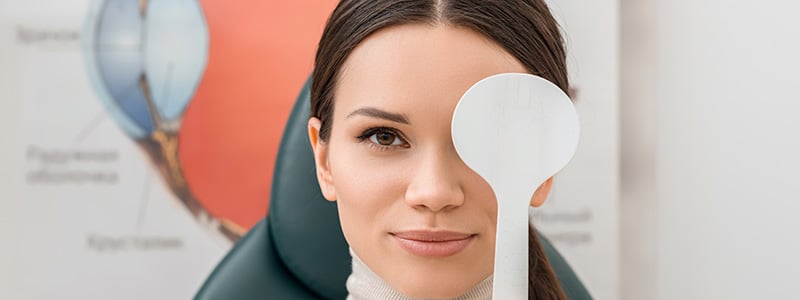Dry Eye Treatment
Dry eye can make a person’s eyes dry, red, or irritated. In addition to being uncomfortable, it can damage the eye’s tissues and impair vision. People usually begin experiencing dry eye symptoms as they age, but the condition can also result from eyelid or blinking problems, certain medications, environment, injury, and various health problems. The eyes may become dry and irritated because the tear ducts don’t produce enough tears, or because the tears themselves have a chemical imbalance.
Diabetic Eye Care
Patients with diabetes are at an increased risk of developing eye diseases that can cause vision loss and blindness, such as diabetic retinopathy, cataracts and glaucoma. These and other serious conditions often develop without vision loss or pain, so significant damage may be done to the eyes by the time the patient notices any symptoms. For this reason it is very important for diabetic patients to have their eyes examined once a year. Diagnosing and treating eye disease early can prevent vision loss. It is also important to maintain a steady blood-sugar level, take prescribed medications, follow a healthy diet, exercise regularly and avoid smoking.
Macular Degeneration
The macula is a part of the retina in the back of the eye that ensures that our central vision is clear and sharp. Macular degeneration causes a progressive loss of vision. It is the number-one cause of blindness in the U.S.
There are two kinds of macular degeneration: “wet” and “dry.” The “wet” form can be treated in its early stages. Regular eye exams are highly recommended to detect macular degeneration early and prevent permanent vision loss.
Symptoms often associated with macular degeneration include:
- A gradual loss of ability to see objects clearly
- A gradual loss of color vision
- Distorted vision
- A dark or empty area appearing in the center of vision







